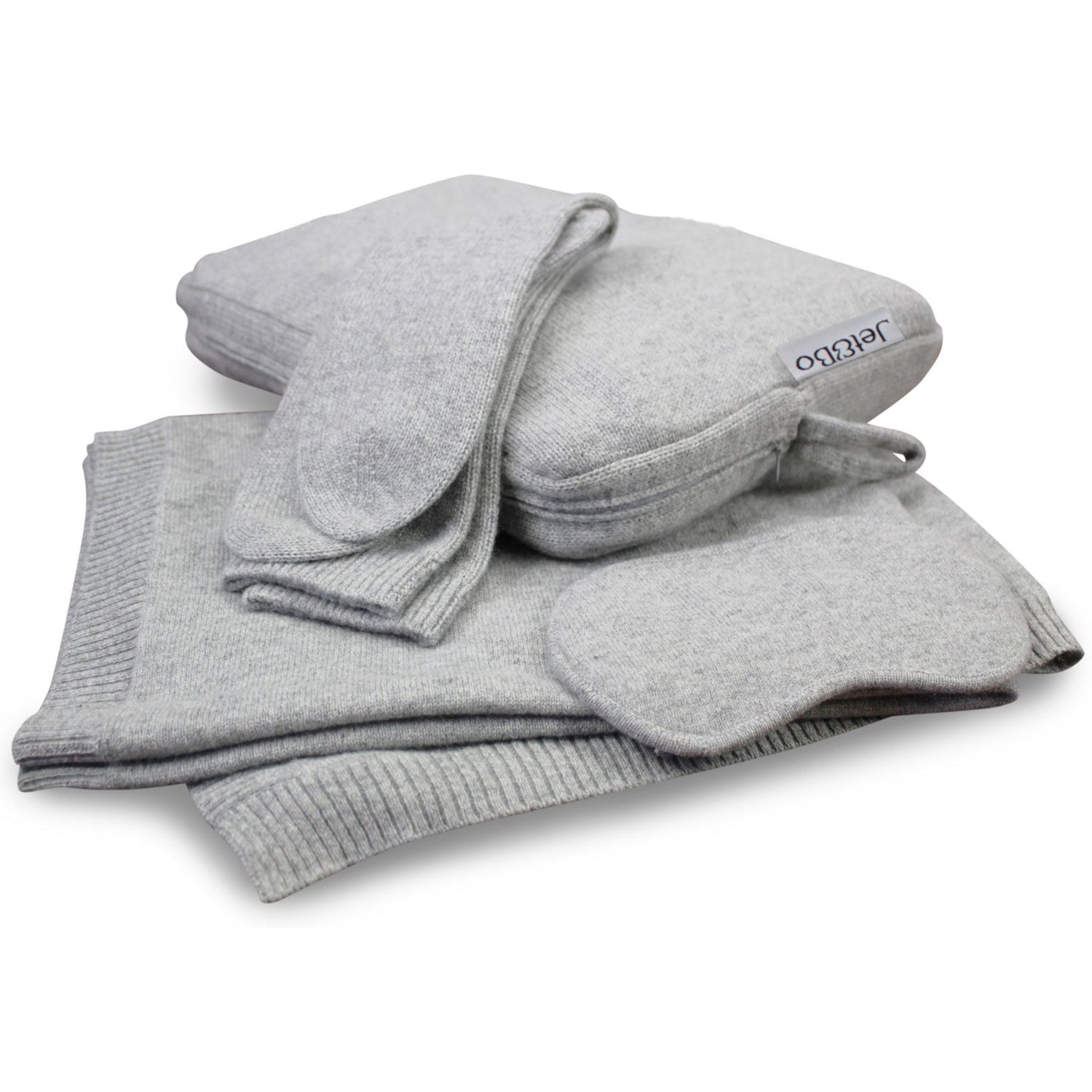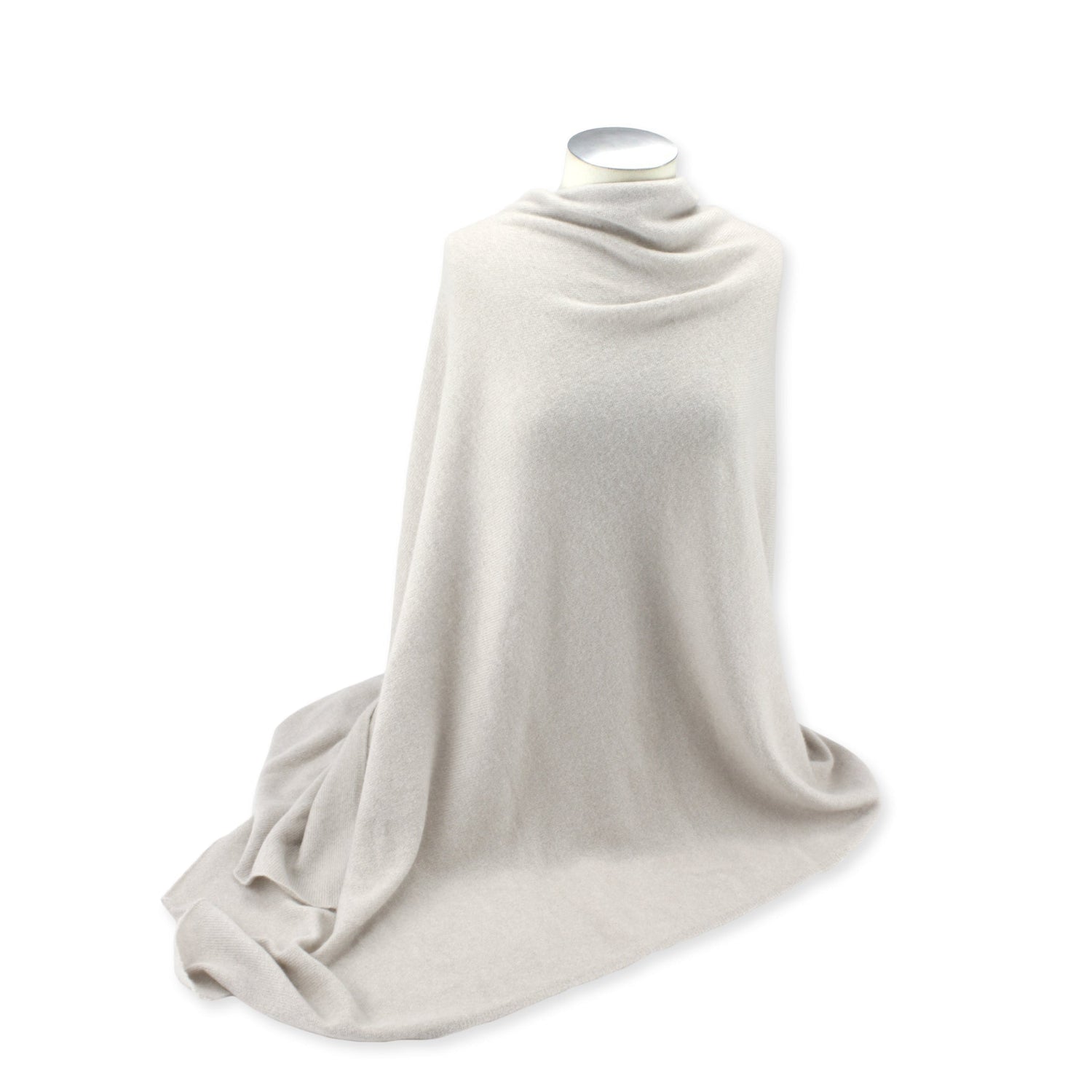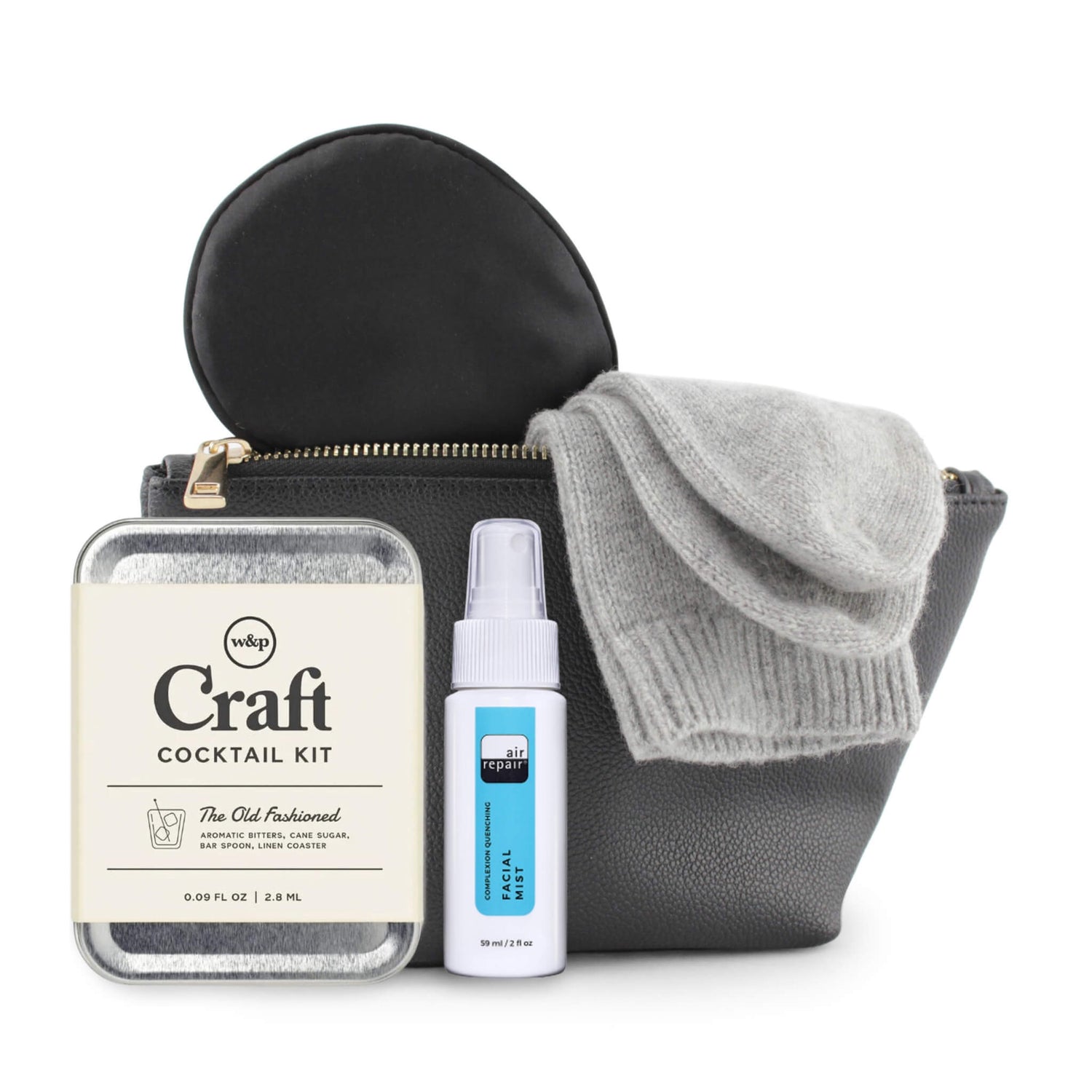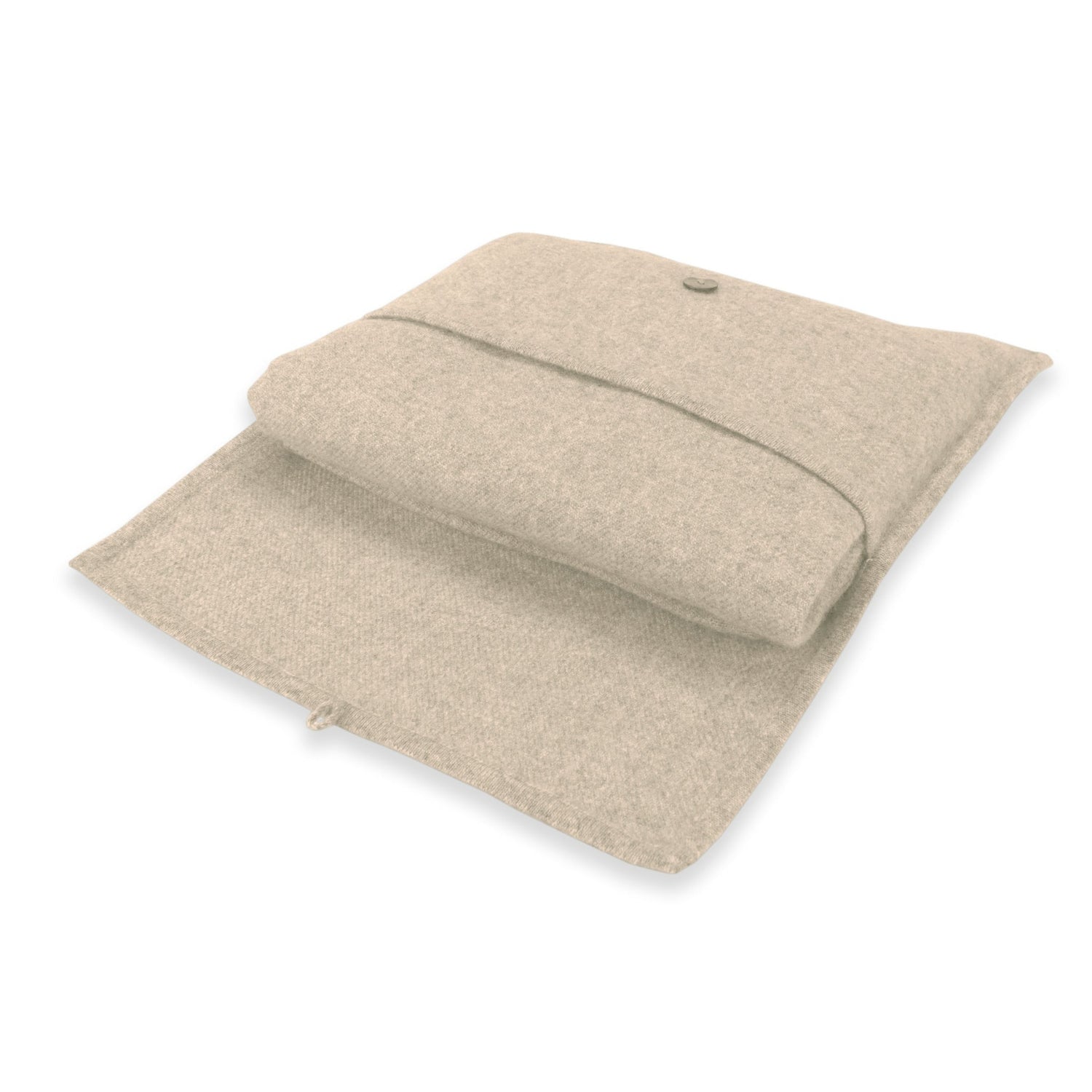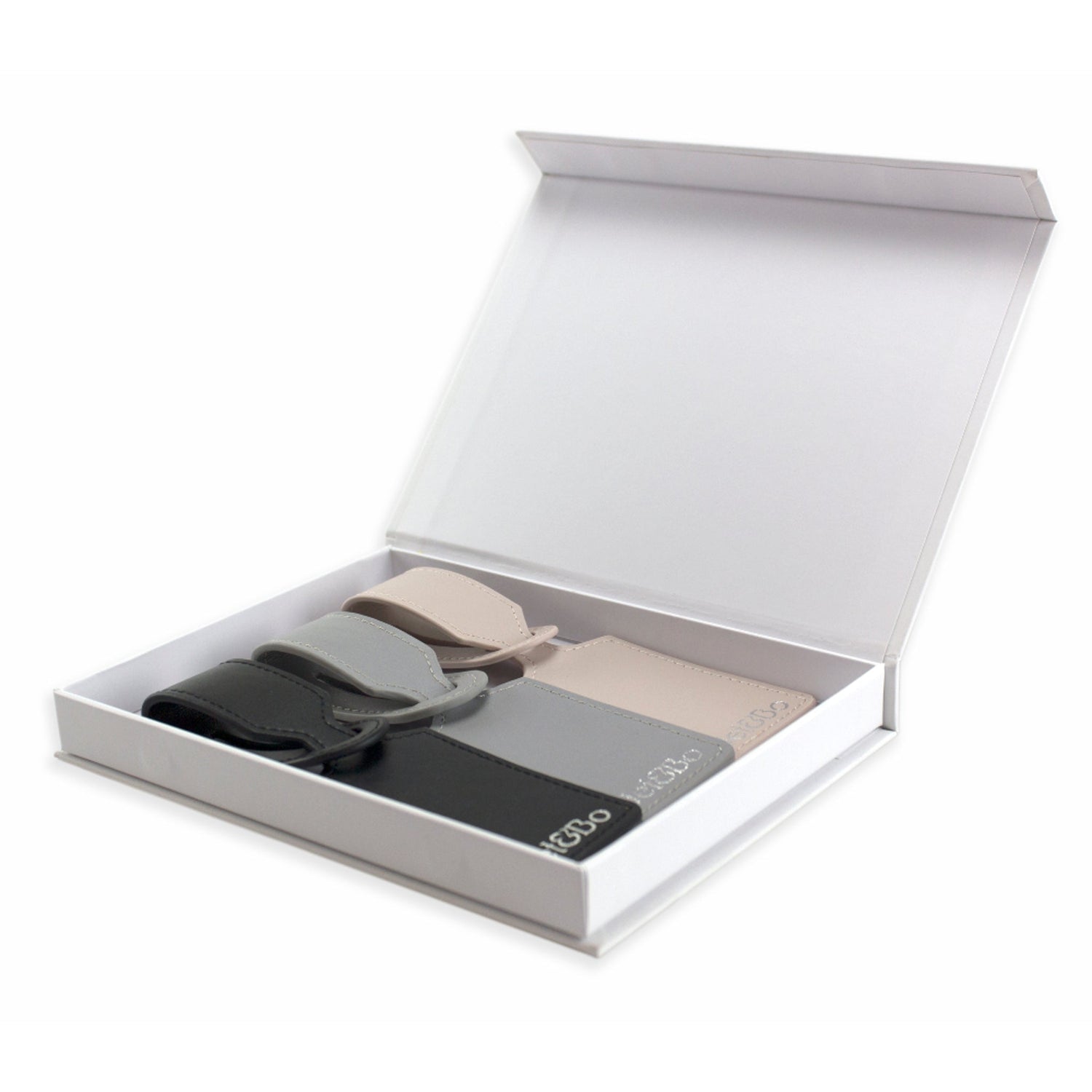
When you think of luxurious fabrics, you might imagine the soft touch of cashmere or the gentle warmth of merino wool. Yet, there's another lesser known but equally luxurious material: camel hair. This unique fiber, harvested from the Bactrian camel, has a rich history and remarkable properties that make it a favorite among those who value sustainability and comfort.
What is Camel Hair?
Camel hair, often referred to as camel wool, is a natural fiber derived from the coats of Bactrian camels. Unlike other camels, such as the dromedary, Bactrian camels have a long, lush coat that protects them from the harsh conditions of their native habitat in the Mongol Steppes, stretching from Turkey to China and Siberia. The Bactrian camel has two distinctive humps and is renowned for its dense and durable coat.
Camel hair consists of two distinct layers: the coarse guard hair and the soft undercoat. The guard hair is thick and stiff, providing protection from the elements, while the undercoat is soft, fluffy, and perfect for creating luxurious fabrics. This undercoat is what makes camel hair such a sought-after material for clothing and other textiles.

The Harvesting Process
Camel hair is typically collected when camels naturally shed their winter coats in the spring. This makes camel hair harvesting a sustainable and cruelty-free process, as it doesn't require shearing or harming the animals. Traditionally, herders would follow camels and collect the hair as it fell off. Today, some breeders shear their camels to collect the hair more efficiently, but they leave the hair over the humps to avoid causing distress or health issues.
After collection, the hair is cleaned to remove impurities and then carded to separate the fibers. This process transforms the raw camel hair into a form that can be spun into yarn. Spinning can be done manually or with industrial machines, depending on the scale of production. Once spun, the yarn is washed again and can be woven into textiles or used to create other products.
Characteristics of Camel Hair
Camel hair has several unique properties that make it stand out among other natural fibers:
- Insulating Properties: The hollow structure of camel hair fibers provides excellent insulation. This means that garments made from camel hair keep you warm in winter and cool in summer.
- Softness and Comfort: Camel hair is soft, approaching the texture of cashmere though less fine. This makes it ideal for luxury clothing and bedding.
- Durability: Camel hair is known for its strength and resilience, making it suitable for long-lasting garments and other textiles.
- Sustainability: Because camels naturally shed their coats, camel hair is a sustainable and cruelty-free material. Its production has minimal environmental impact, and it's entirely biodegradable.
Uses of Camel Hair
Camel hair's unique combination of softness, warmth, and durability makes it a versatile material in the textile industry. Some common uses include:
- Coats and Jackets: Camel hair is a popular choice for winter outerwear due to its excellent insulation and luxurious feel.
- Scarves and Shawls: The softness of camel hair makes it perfect for accessories that need to be gentle on the skin.
- Sweaters and Knitted Fabrics: Camel hair sweaters are warm and lightweight, ideal for layering in cold weather.
- Blankets and Bedding: Camel hair blankets have been a popular way to stay warm since the Berbers made carpets and cloaks from camel hair over two thousand years ago.
- Carpets and Rugs: The coarser guard hair is often used to create durable carpets and rugs that add warmth and texture to any room.
Camel Hair in the Fashion Industry
The use of camel hair in Western fashion dates back to the 19th century when British polo players popularized camel hair jackets. The material quickly became associated with luxury and sophistication, a trend that continues today.
In the United States, camel hair became fashionable in the 1920s and 1930s, with casual camel hair coats gaining popularity among polo players and fashion-forward individuals. Today, camel hair remains a staple in luxury fashion, with garments and accessories that exude elegance and comfort.
Environmental Impact and Sustainability
Camel hair is considered one of the most environmentally sustainable animal fibers. Because it's harvested during the camels' natural molting season, there's no need for harsh shearing or chemical processes. This gentle harvesting approach reduces stress on the animals and minimizes the environmental footprint of camel hair production.
Additionally, camel hair's resistance to dirt and its self-cleaning properties mean that it requires less frequent washing, reducing water and energy consumption. Its natural colors—ranging from creamy white to various shades of brown—also minimize the need for chemical dyes, further enhancing its sustainability.
Camel hair, with its exceptional softness, durability, and sustainability, is a unique and valuable fiber in the textile world. Whether used for luxurious coats, cozy sweaters, or gorgeous throw blankets, camel hair offers a combination of comfort and environmental responsibility that is hard to match. By choosing products made from camel hair, consumers can enjoy the warmth and elegance of this luxurious material while supporting a sustainable and cruelty-free industry.
Jet&Bo has a camel hair throw blanket in it's range of luxury home and travel accessories.
